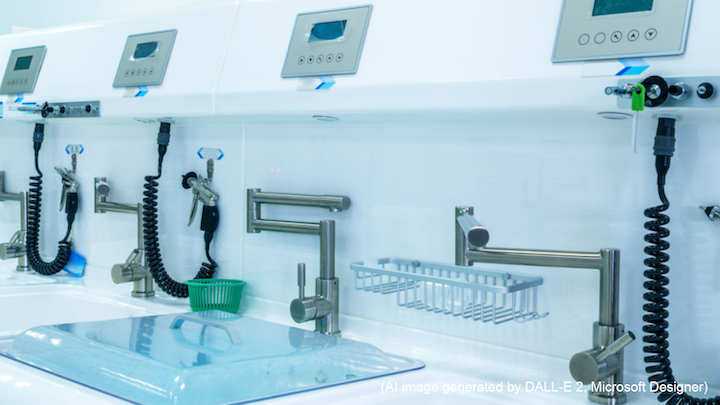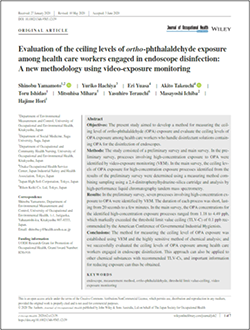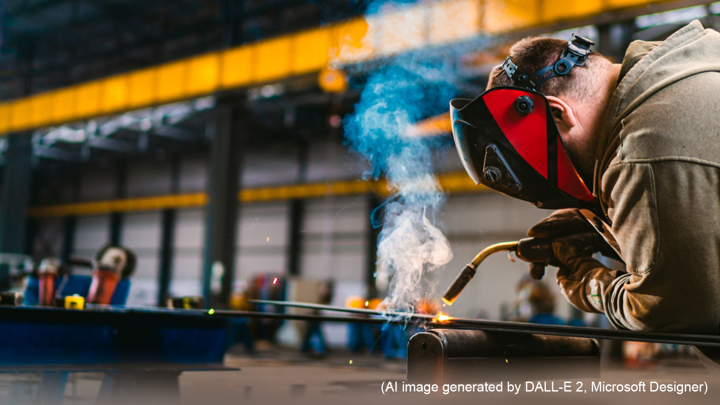#0058 Evaluation of the ceiling levels of ortho-phthalaldehyde exposure among health care workers engaged in endoscope disinfection: A new methodology using video-exposure monitoring

Ceiling Levels of Exposure to a Toxic Chemical in Endoscope Disinfectants
In medical institutions, sterilization of medical devices is an indispensable process. Ortho-phthalaldehyde (OPA) is a commonly used raw material in sterilization agents used for endoscopes and other medical equipment. However, OPA is known to cause several mild diseases, such as eye irritation and dermatitis, and severe health effects, such as respiratory distress. In this regard, in 2019, the American Conference of Governmental Industrial Hygienists (ACGIH) recommended an extremely low concentration, 0.1 ppb (parts per billion), as the threshold ceiling value for OPA. Under no circumstances were healthcare workers to be exposed to more than this. Yet, that has not been the case.
Thus, in this study, we sought to see how much beyond this threshold healthcare workers are being exposed to. From medical institutions, we recruited workers handling disinfectant solutions for the disinfection of endoscopes and measured the instantaneous OPA levels in air. Unfortunately, there was no highly sensitive method available to detect instantaneous OPA levels. So, we designed a 2-step strategy: first, we used the video-exposure monitoring (VEM) tool to obtain real-time data of exposure to a chemical substance. We used this to identify the high-concentration exposure processes within the disinfection regimen. Second, we used a highly sensitive method to measure the concentrations of OPA at the identified high-exposure time points.
We identified activities such as opening the door to the automatic disinfection apparatus room, picking up the washed endoscope, and handling the trash bags containing the disinfectant solution to be the high-exposure activities. All these were short activities that lasted from 20 seconds to a few minutes. Even so, the workers were exposed to OPA levels of 1.18 to 4.49 ppb, which is worryingly more than the aforementioned safe limit.
Thus, approaches should be devised to reduce healthcare workers’ exposure to OPA during endoscopy disinfection. Moreover, the method of ceiling value measurement developed in our study has proven to be highly sensitive and can be used to measure the ceiling levels of other chemicals as well.

Link to the original journal article:
https://onlinelibrary.wiley.com/doi/full/10.1002/1348-9585.12139
Title of the paper:
Evaluation of the ceiling levels of ortho-phthalaldehyde exposure among health care workers engaged in endoscope disinfection: A new methodology using video-exposure monitoring
Authors:
Shinobu Yamamoto, Yuriko Hachiya, Eri Yuasa, Akito Takeuchi, Toru Ishidao, Mitsuhisa Mihara, Yasuhiro Terauchi, Masayoshi Ichiba, Hajime Hori




